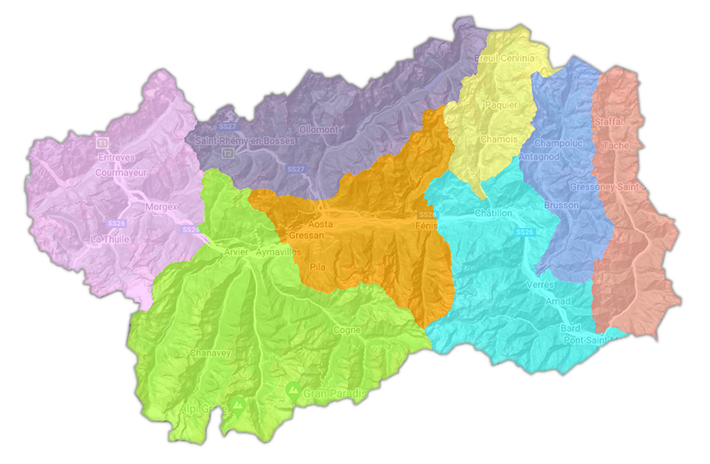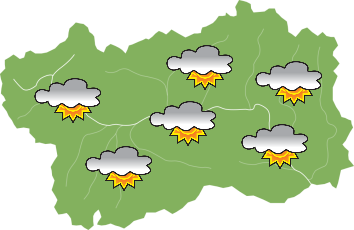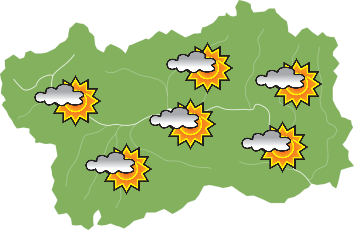Nel villaggio di Plan-De-Brun, al lato della antica mulattiera che sale al borgo di Perloz e lungo l’itinerario escursionistico Cammino Balteo, si affaccia la cappella dedicata alla Santissima Trinità che pare esistesse già nel XVIII secolo come risulta da una visita pastorale svoltasi nel 1786.
L’edificio venne ricostruito nel 1835 a spese di un abitante del villaggio.
Sul lato destro sorgono la sacrestia ed il campanile che ancora oggi reca evidenti segni di colpi di mitragliatrice essendo stato teatro di scontri tra partigiani e nazifascisti nel 1944 durante la lotta di liberazione.
La facciata richiama in parte l’architettura del santuario di Notre-Dame-De-la-Garde con un portico a tre archi davanti all’ingresso.
L’altare maggiore è in muratura, sovrastato da una cornice in legno intagliato e dipinto che racchiude una tela raffigurante l’incoronazione della Vergine ed i santi Pantaleone, Giovanni Battista, Giovanni evangelista, Vittore, Bartolomeo, Caterina e Anna.
Gli altari laterali sono in legno intagliato dipinto e dorato dedicati al Sacro Cuore di Gesù e al Sacro Cuore di Maria.










